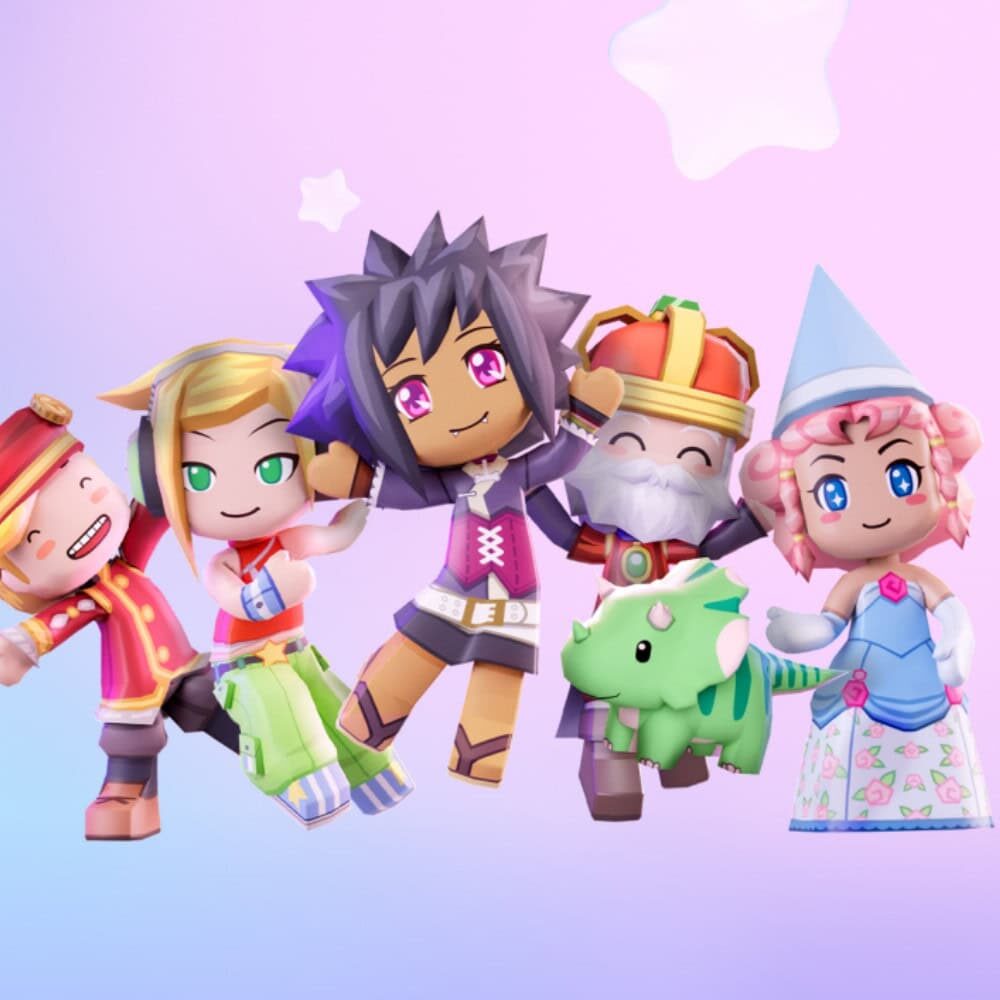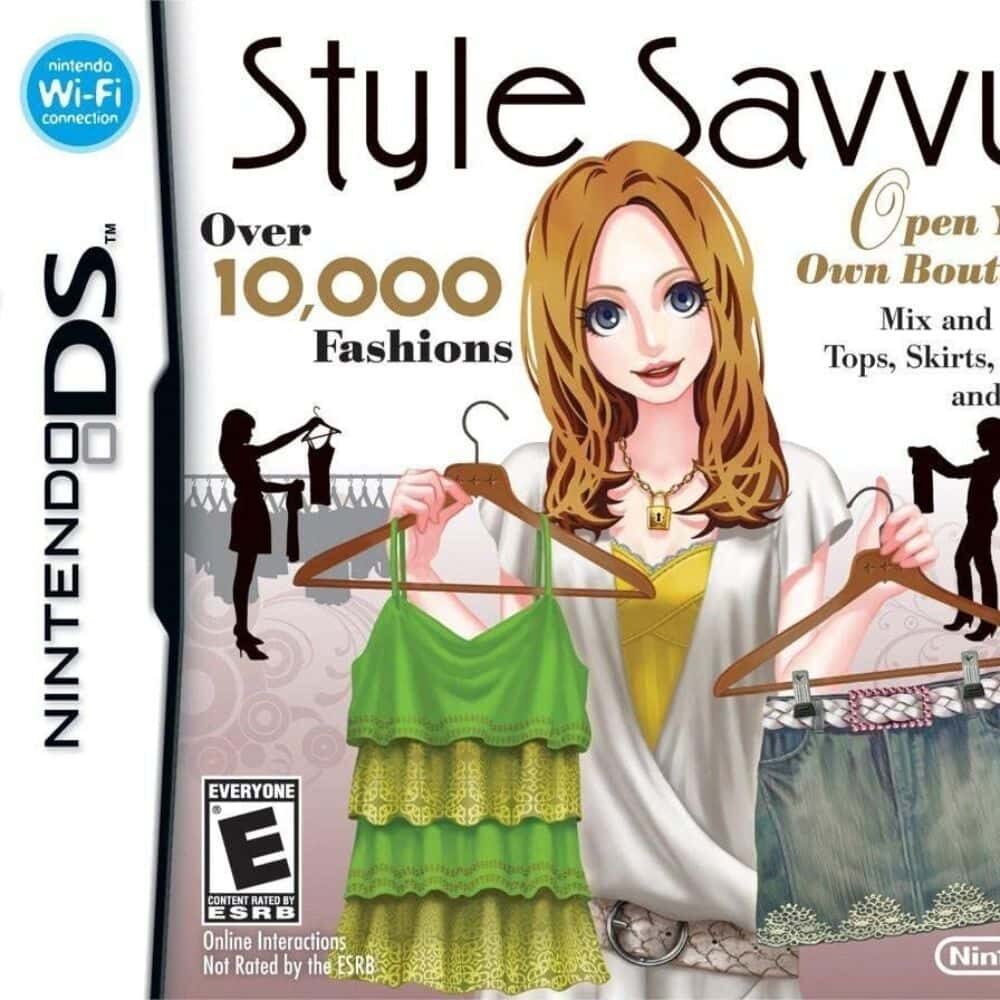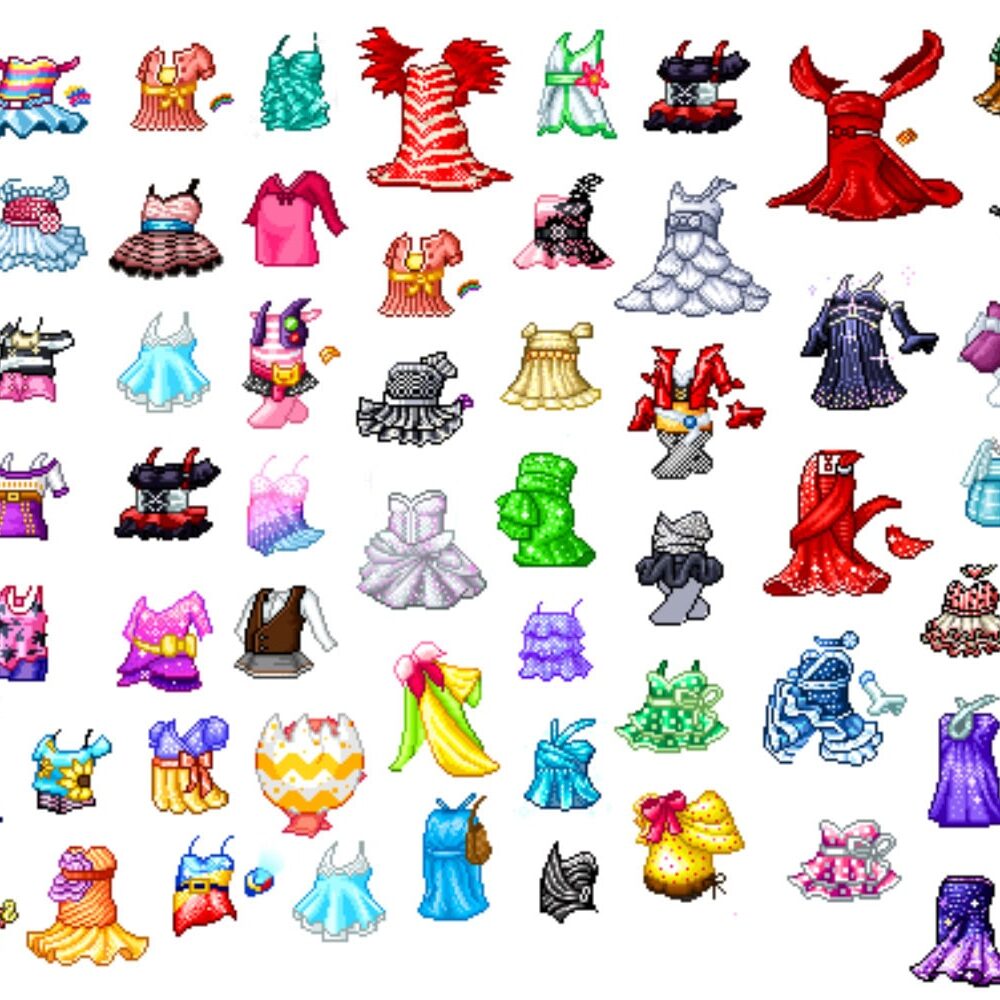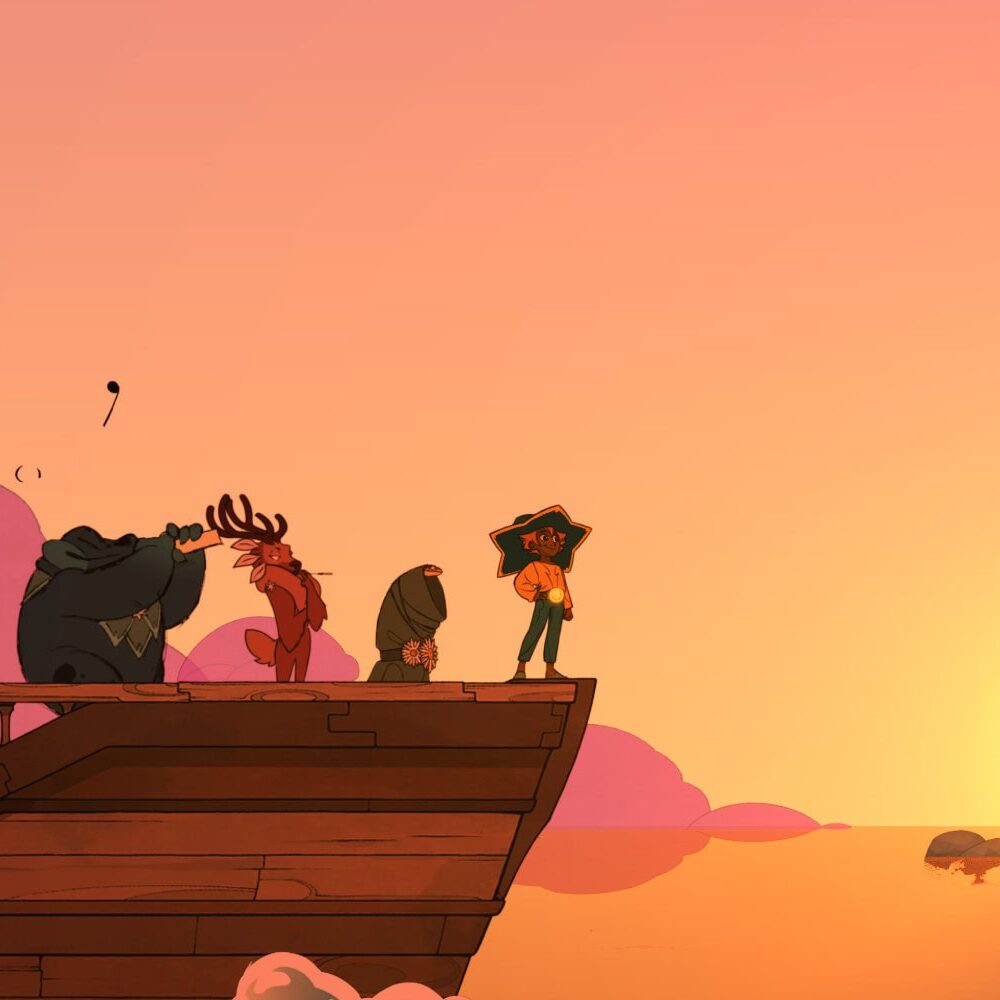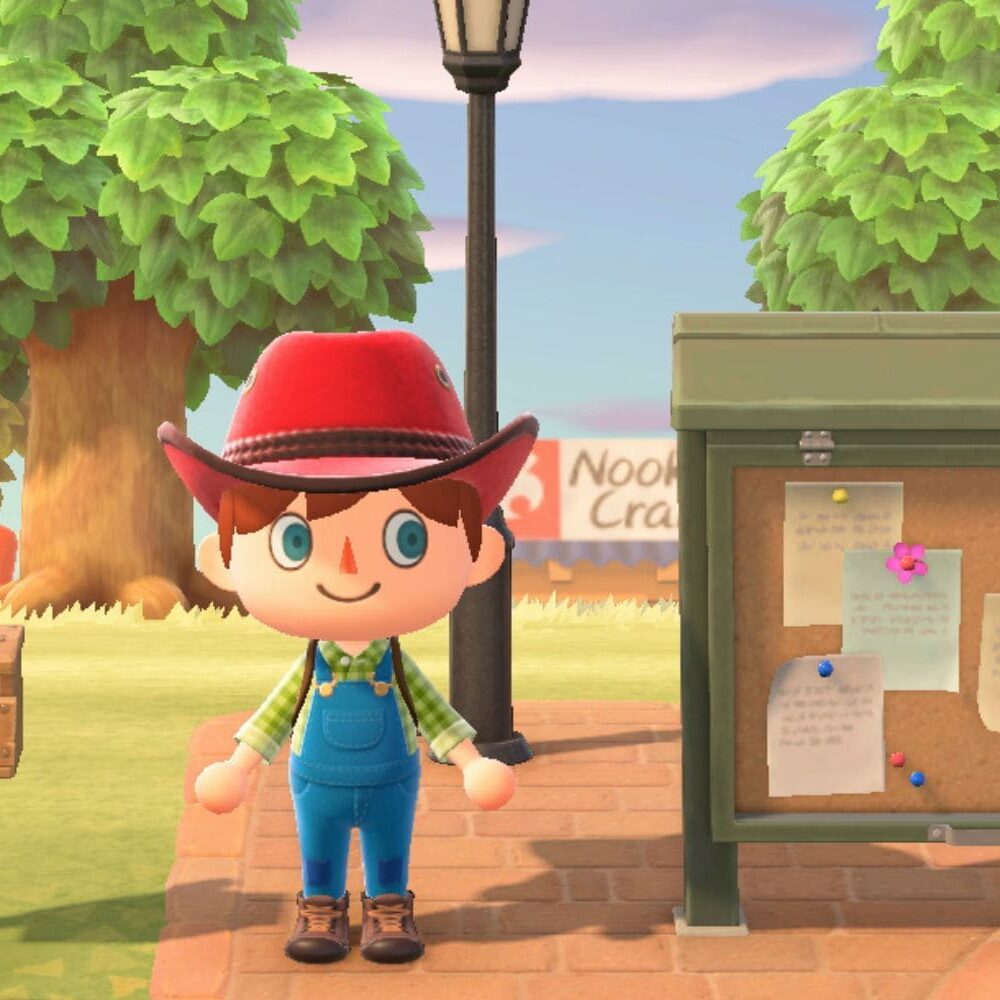
What Another Code: Recollection reveals about the importance of utilising game console hardware to its fullest potential
Written by Arwa Al-Sahli
As a form of media, video games have a unique feature that separates them from other forms of art: player interaction. Game developers utilise and embrace this aspect, as good game design shapes a game to be more than just a good story or eye-candy. The way a player interacts with a game is more than the digital buttons and interfaces within the game; it also involves the physical buttons that make up the hardware of the console. A prime example of a console with unique hardware (for its time) is the Nintendo DS, released in 2004. The two-screen design, with the bottom acting as a touchpad, allowed for a certain genre of video game to flourish: the visual-novel puzzle game hybrid. One such example is Another Code: Two Memories (known as Trace Memory in North America).
Released in 2005 and developed by the Japanese game company Cing, Another Code follows Ashley Mizuki Robins, a young girl searching for her father in an old mansion atop an island. The story is told through textboxes and dialogue, with the main gameplay being the puzzles Ashley interacts with that progress the story, revealing information in a meaningful and rewarding way. With generally positive reviews, the game remained a hidden gem, a cult classic, until its remake on the Nintendo Switch, released in 2024. This new version of the game, titled Another Code: Recollection, features a complete overhaul of the charming, sketch-like sprites of the original for flat, lifeless 3D models. Even more of a disservice is the change to almost every puzzle of the game, the true charm of the game.

The reason why the original DS release had better puzzles than the Switch release is because the DS version utilised the hardware of the console to its fullest potential despite the graphic limitations. Even simply incorporating the basic features of the console, such as revealing a hidden message by swiping the stylus on the screen during Chapter 2 or blowing on the microphone to blow off dust in Chapter 4, allows the player to be truly aligned with the motion that Ashley is committing. It connects the player to the story in a deeper manner than the puzzles featured in the Switch version, many of which are in the mix-and-match, ‘putting objects together’ manner. It is not as engaging, as not only have these puzzles been seen as ‘easy’ by many critics (including myself), but it also does not take advantage of the Switch’s unique features. For example, gyro controls only make one appearance throughout the whole game. This is the feature that the Switch has that the DS doesn’t, and it is never addressed in a way that matters.
___STEADY_PAYWALL___


However, every game on the DS used the stylus and microphone to emulate in-game actions. This is nothing ground-breaking, in retrospect. There are two puzzles in Chapter 3 that not only use the design of the DS but its limitations as well. The first is in Henry’s Study. A picture frame in a similar ‘two-screen’ shape of the DS can be found.
In order to reveal a secret message, the player must literally half-close their DS to have the top screen reflect on the bottom. This is the most perfect example of using the limitation of the console’s small, low-quality screens to its advantage by offering a clever puzzle to the enjoyment of the player. The second is in Frannie’s room, in which the player must (in a similar manner) close and open their DS to mimic stamping a paper. It does not take much to realise why this ingenuity brings enjoyment and entertainment to the player, the overall goal of video games as a whole. These puzzles may be only small parts of the game, but they have stayed in the memory of many players who recall the game from their childhood. As for the Switch version, I struggle to recall anything of note even while writing this.
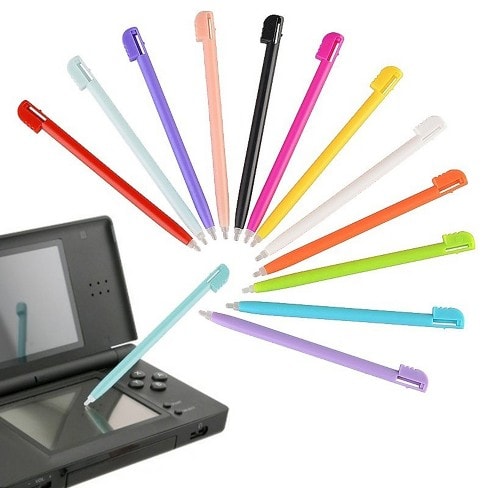
The importance of designing a game around the hardware it is made for does not only apply to its gameplay but its presentation as well. Another game released by Cing is Hotel Dusk, a 2007 detective-puzzle game. The game is played by holding the DS vertically, almost like holding a book. I recall being bored by the game, dropping it before I completed it. Years later, I played Another Code: Recollection and realised why: I was playing Hotel Dusk on an emulator. This game was not supposed to be played on a computer screen, but rather, in my own hands, being held in a certain manner. This is not to say that I am against emulation, rather, more of an effort should be made to preserve the original hardware of video games, especially for DS and 3DS games, which are specifically designed around the hardware that they are released on.
It is not the same experience to emulate games like Another Code and Hotel Dusk. Nor is it the same experience when ported or remade for a newer console. Their story and meaning may be preserved, but their gameplay—the true essence of a video game as a form of art—is not. It is changed, manipulated, and overall trashed upon because the creativity and innovation that Cing had that allowed for their games to be loved almost two decades after release is not present in the modern video game industry. There is a goldmine of potential within the technology we have today, and it is being wasted.
Enjoyed this story? Support independent gaming and online news by purchasing the latest issue of G.URL. Unlock exclusive content, interviews, and features that celebrate feminine creatives. Get your copy of the physical or digital magazine today!




